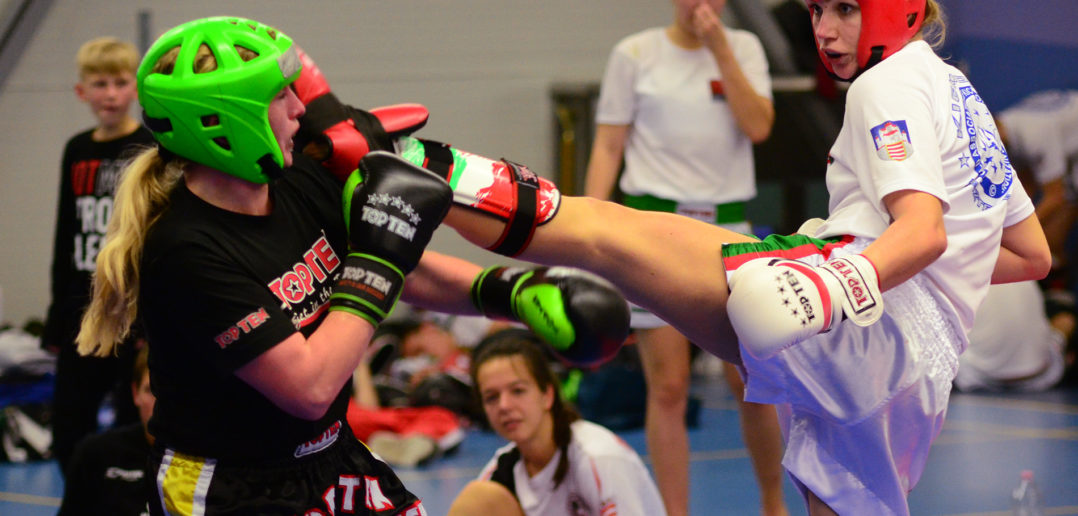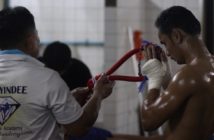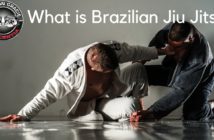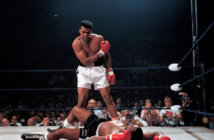Most people using the term kickboxing either relate to the Thai fighting sport of Muay Thai or Dutch/Japanese style K-1 kickboxing. Apart from these entertaining fighting sports that are mostly organised in professional events another style of kickboxing is gaining increased popularity in Europe: WAKO Kickboxing. The sport has initially emerged from Taekwondo and Karate in the 60ies when fighters like Chuck Norris and Joe Lewis fought in karate tournaments on big stages on the back of a martial arts wave created by movie star Bruce Lee. The sport was bare knuckles at first and considered brutal and lethal. With the invention of safety gear made from latex and rubber the sport was later changed to American karate in the USA and called kickboxing in Europe. That was during the mid 70ies when Muay Thai was virtually unknown in the West.
World Association of Kickboxing Organisations
Today, this style of kickboxing remains very popular under the sanctioning of WAKO, World Association of Kickboxing Organisations, with more than 100 countries as members. It’s an amateur sport organisation with a huge infrastructure and thousands of schools worldwide. There are different forms of competition with the most popular being point fighting and kick-light. Point fighting is a blend of kickboxing, karate and taekwondo techniques where fighters try to score points similar to Olympic fencing. Kick-light is similar to K-1 kickboxing with the difference in execution of techniques. Instead of trying to knock-out an opponent fighters are hitting with light and controlled contact only while maintaining a nonstop continuous flow of action. It’s not a spectator sport in particular, but in some Eastern-European countries kickboxing is popular enough to draw thousands of spectators and TV broadcasts.
Safety in the Sport
The safety standards are very high. The gear used in kick-light competition has to be of extra-ordinary high shock absorbing materials and be approved through a process second only to the AIBA testing for amateur boxing gloves and headgears. Top Ten, SAP and Adidas are the market leaders with TopTen taking the lion share due to their Bayflex headgear that has been the bearer of safety standard for over 35 years.
The competition attracts a large crowd of participants from youth and children and is very popular among women in particular. There have been many WAKO kickboxers who have become extra-ordinary popular fighters in professional boxing such as Vitaly Klitschko who remained a heavy weight pro boxing champions for years. A lot of women’s pro boxing champions have started out as kickboxers in WAKO at the beginning of their fighting careers. That pretty much gives strong clue about their abilities.
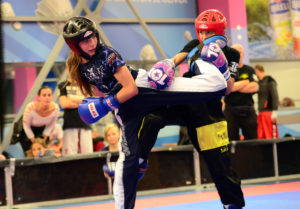
Female cadets and teens show advanced kicking techniques in continuous light contact competition.
The impact of Georg F. Brueckner
One of the fathers of European kickboxing, Georg F. Brueckner of Berlin, has had a very profound impact on the safety of fighting sports in general. As one of the first black belts in Taekwondo he went way beyond promoting martial arts. He invented the soft boxing glove. With his brand TopTen he introduced the world’s first boxing gloves padded with polyurethane to the market at the time when pugilistic hand protectors where filled with not much else but a bit of horsehair and cotton balls. This invention was patented and helped reduce injuries by wide margins since 1987. We see a lot less facial injuries and knockouts ever since. It increased the safety in fighting sports by a large factor and is one of the main reasons why martial arts are considered as safe as they are, today. Brueckner died in 1992 after his boxing gear was introduced to a global audience at the 1992 Olympic games in Barcelona.
Great for the young
The safe WAKO style of kickboxing is great for youngsters as they are able to develop technical skills for their fighting career without the worry of injuries. Parents are more likely to allow their kids to enter the ring at a young age when their safety is the highest priority. It also opens the door for young professionals and older people to participate in tournaments. The use of safe gloves and headgear prevents most facial injuries. Even beauticians and bank tellers can return to work and show their face without scuffs and cuts a day after fighting for a championship.

